Buying dead flowers
Institutional investors tend to prefer investments that are thought to contain the potential for growth, growth = sprouts. An investment has to produce a growing revenue stream – if it doesn’t grow it doesn’t compound. Silver and gold are rejected as investments because they don’t produce sprouts, meaning the steady income and systematic growth so sought after by institutional investors just isn’t there.
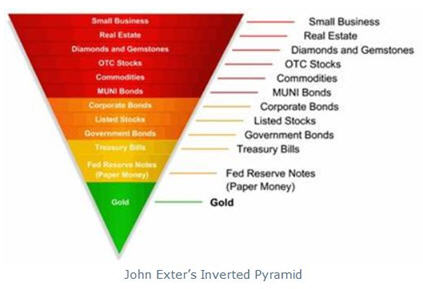 John Exter was an American economist and a member of the Board of Governors of the United States Federal Reserve System. Exter is known for creating Exter’s Pyramid – useful for visualizing the organization of asset classes in terms of risk and size.
John Exter was an American economist and a member of the Board of Governors of the United States Federal Reserve System. Exter is known for creating Exter’s Pyramid – useful for visualizing the organization of asset classes in terms of risk and size.
When the credit system is expanding most money flows to the top of the pyramid – the increasingly speculative and illiquid investments. When the credit system comes under pressure and debt cannot be repaid, the items at the top of the pyramid get sold and money flows towards the bottom.
“In order to make use of it though, we must first make the distinction between real wealth and claims on wealth. Real wealth is represented by actual items that people want or need. This can be food, land, natural resources, buildings, factories etc. Financial assets, shown as layers in the pyramid, represent claims on real wealth. In a fully developed financial system, in good perceived standing, there is a high ratio of claims on wealth to actual underlying real wealth. In this environment the average buying power of the financial assets is lower. This can best be observed by looking at the purchasing power at the bottom of the pyramid. Gold is at a minimum here. It is competing with all of the other claims on wealth for a relatively constant amount of underlying real assets.
According to Exter’s theory of money, when economies get into trouble through the accumulation of too much debt, the levels of the pyramid disappear in order from highest to lowest. As the pyramid contracts downward, the remaining layers represent a proportionally higher claim on the real underlying wealth. In other words their value increases. Using gold as our reference point, it’s relative purchasing power increases as the pyramid contracts. Gold finds itself in a secular bull market.
In the extreme hypothetical case where all other asset classes are destroyed, including the currency itself, only gold remains. In this case the holders of gold compete with no other financial assets for claims on the underlying wealth. This scenario represents the ultimate clearing of the economy. All currency denominated debts have been wiped clean.
If a market economy remains in place then the pyramid begins to expand and grow again. The wealth claims represented in gold will be deployed as investments and a new currency will emerge that garners the faith of those who use it. As this new economy grows and expands, the previous instruments of credit and financing will appear again. Layer upon layer are added back to the pyramid. From the perspective of gold, its relative purchasing power decreases as it competes with these new financial assets for claims on the underlying real wealth. Gold is in a secular bear market as the newest levels of the pyramid are in their growth phase. This model provides a useful intuitive understanding of the alternating secular bull and bear markets of commodities vs. equities.” Trace Mayer, The Paper Empire
In the first part of 2013, the world’s most popular safe havens are the dollar, US treasuries, stocks and Government bonds – yet all are fiat assets.
In today’s current economic and political climate central banks control much of the money supply by their use of quantitative easing (QE).
According to the Organization for Economic Co-operation and Development, the combined government debt held by the world’s advanced economies is at its highest point since the Second World War. In 1945, the debt topped out at 116 percent of GDP; at the end of 2012 it hit 114.4 percent. The OECD says we’ll hit a new high in 2013.
There are currently four options for governments to manage debt:
- Default
- Inflate the debt away
- Sustain faster real economic growth
- Keep interest rates unusually low for many years
“Policy actions speak louder than words. Governments engaging in large-scale quantitative easing, such as the U.S., U.K., Switzerland and Japan have at least cracked open the window to a scintilla of extra inflation. Central bank mandates are beginning to shift. The U.S. Federal Reserve now seems more interested in unemployment and has articulated a greater tolerance for inflation. The Bank of Japan has just increased its inflation target. The Bank of England continues to conduct policy in a manner that seems willing to accept the trade-off of higher inflation in exchange for additional growth. Consciously or not, central banks are starting to take their eyes off the inflation ball. Meanwhile, the current competition to devalue currencies provides a further window into the soul of policymakers, revealing where their priorities lie on the inflation file.” What To Do About Public Debt, RBC Global Asset Management
With continuing QE, low interest rates, budget deficits, increasing inflation and the specter of default ever present its likely confidence in government-controlled paper assets will continue to be undermined.
So where should my money go? Well, stock markets are hitting records every day. Silver and gold have backed off highs and seem range bound to weak. Are investors buying silver and gold right – the holders of gold compete with no other financial assets for claims on the underlying wealth – or are investors buying into the stock markets right, whose really buying dead flowers?
To answer that question we need to find out if there is a real economic recovery underway.
The Federal Reserve’s monetary experiments in the U.S. have not worked, yes Gross Domestic Product (GDP) is up but:
- Medium household income has declined
- Inflation is climbing much higher and faster than officially reported statistics
- Few Americans own any significant amount of financial wealth
- Housing has not recovered
- U.S. Employment rate is not recovering
As for global economic indicators:
- World GDP shows no global recovery underway
- Global trade has slowed
While medium household income has continuously declined for decades consumers struggle with a Consumers Price Index (CPI) that’s more than doubled since 1985. The March jobs report showed average hourly wages went up only one percent to $23.82, the increase over the past 12 months has dropped from 2.1 percent to 1.8 percent. Wages are not rising faster than the rate of inflation, with consumption fueling 70 percent of the U.S. economy – and a great majority of the world’s – consumers buying power is decreasing and there’s no fuel for faster economic growth.
Few Americans own any significant amount of financial wealth. Consider:
- The top one percent of the American population controls 42 percent of all financial wealth in the country
- The top 20 percent control roughly 90 percent of all stock ownership and financial wealth
- The bottom 80 percent of Americans control less than 10 percent of all stocks owned
- The bottom 80 percent of Americans hold roughly 5 to 8 percent of all financial wealth (non-housing related)
Most Americans have their wealth in home equity.
The U.S. Labor participation rate, which measures the number of working-age people who have or want a job, fell to 63.3 percent – the lowest level since spring 1979.
As we can see in the World GDP chart below there is no global recovery underway.
“The five members of the BRICS (Brazil, Russia, India, China and South Africa) met in Durban this week to discuss their increasingly common interests. The now ubiquitous acronym was coined in 2001 by a strategist at Goldman Sachs. The group has since become a formal club of nations with South Africa, which wasn’t included in Goldman’s original collection, joining in 2010. Thanks largely to these big emerging economies, world GDP rose by 2.5% during the final quarter of 2012. The BRICS alone have been responsible for 55% of global growth since the end of 2009. Dragged down by debt and austerity, the 23 countries that make up the developed world contributed just 20% to that growth.” The Economist, World GDP
Morgan Stanley doesn’t see a lot of growth outside China, India, Brazil and Russia for 2013 and 2014.
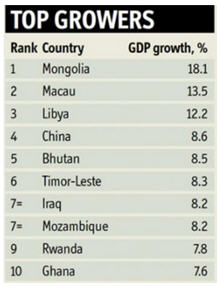 The World in 2013: A list of the world’s ten fastest-growing economies. Except for China none of these countries can contribute real growth to the world’s stock indices.
The World in 2013: A list of the world’s ten fastest-growing economies. Except for China none of these countries can contribute real growth to the world’s stock indices.
The global economy is not recovering and neither is the U.S. economy.
“Well into the fifth year of the global breakdown, the financial system is being sustained only by the activities of the world’s major central banks, which are providing hundreds of billions of dollars to the major banks and finance houses through various forms of “quantitative easing”—a euphemism for printing money.” Nick Beams, The World Economy 2013: Illusions and Reality
Conclusion
Silver (silver has an even longer history of being used as money than gold does) and gold perform two jobs that fiat currencies, or any other financial innovation, cannot do; they act as a safe haven in times of turmoil – to escape Nazi Germany, or buy food and water in a crisis. Perhaps even more important, silver and gold, for the last couple of thousand years have acted to preserve your purchasing power. In 1913 (the year the US Federal Reserve was born) the US dollar was well a dollar, silver was 58 cents an ounce and gold was US$20 an ounce. Today, at the 100 year anniversary of the Fed, the dollar has lost 95 percent of its purchasing power, silver is $27 an ounce gold is $1600 an ounce.
The twin policies of zero interest rates and the continual creation of money and credit being enacted today, by all governments and central banks, means that the purchase of precious metals is the only way to protect the value of your assets.
“In the extreme hypothetical case where all other asset classes are destroyed, including the currency itself, only gold remains. In this case the holders of gold compete with no other financial assets for claims on the underlying wealth. This scenario represents the ultimate clearing of the economy. All currency denominated debts have been wiped clean.
If a market economy remains in place then the pyramid begins to expand and grow again. The wealth claims represented in gold will be deployed as investments and a new currency will emerge that garners the faith of those who use it.”
That’s gold and silver, sprout-less yes, but irreplaceable in their functions.
“On Friday we closed out the Quarter with both the DOW and the S&P hitting new all time highs. During this week we saw consumer confidence fall, we saw PMI’s fall, we saw housing sales fall, we saw no less than 6 economic reports miss expectations. Yet we hit all new highs. Even the man on the street, the guy who doesn’t even follow the markets; feels that something odd is happening. Well that would be the understatement of the decade. Odd does not describe the madness we’re witness to. They are pushing the market up because it is the ONLY thing they can control. They can’t make a real housing recovery, they can’t create jobs, they can’t spur economic growth, all they can do is push the market higher.” Bob Chapman’s International Forecaster
There is no recovery, market highs are an illusion David Copperfield would be proud of. Not buying dead flowers, and instead looking at precious metals, should be on all our radar screens. Are preserving your purchasing power and the fact that gold and silver act as safe havens during times of turmoil on your radar screen?
Contact Richard (Rick) Mills via rick@aheadoftheherd.com
Richard is the owner of Aheadoftheherd.com and invests in the junior resource/bio-tech sectors. Get in touch with him if you’re interested in learning more about the junior resource and bio-med sectors, and quality individual company’s within these sectors.
His articles have been published on more than 400 websites, like the Wall Street Journal, Market Oracle, USA Today, National Post, Montreal Gazette, Vancouver Sun, CBS news, Calgary Herald, Resource Investor, Forbes and Financial Sense.
For Richard Mills’ legal notice/disclaimer, see Aheadoftheherd.com
More News
{{ commodity.name }}
{{ post.title }}
{{ post.date }}


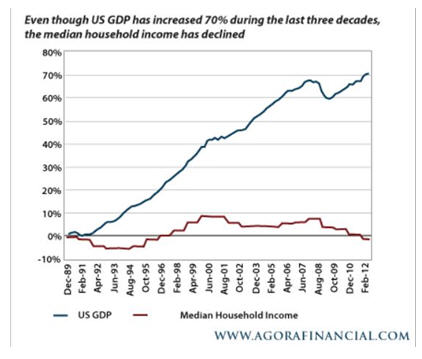

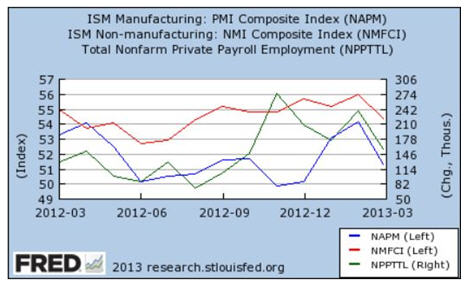
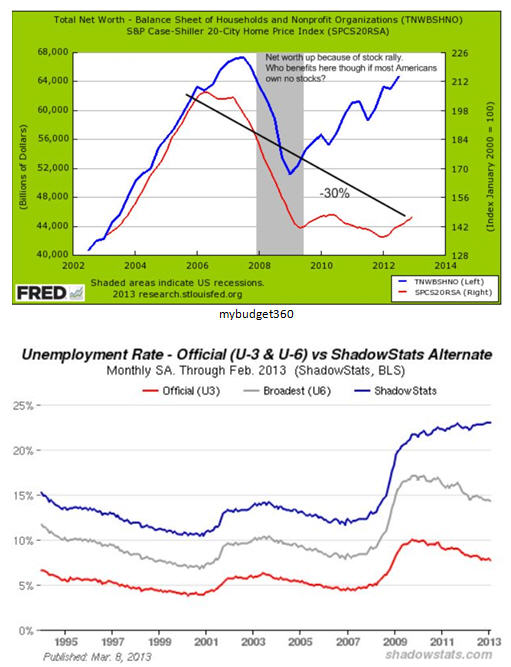
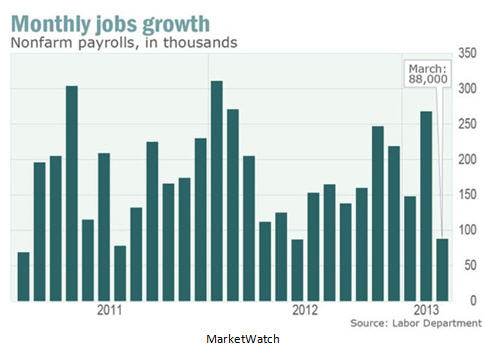

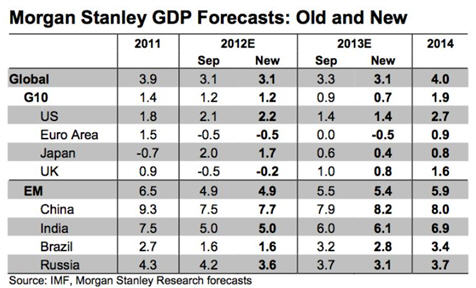
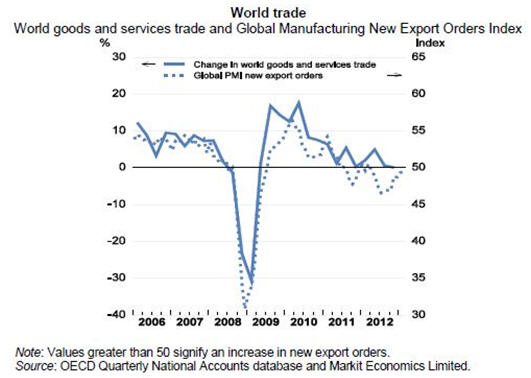
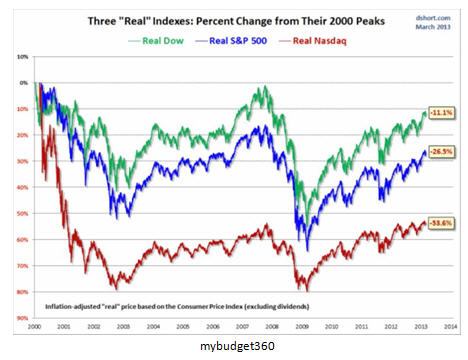


Comments